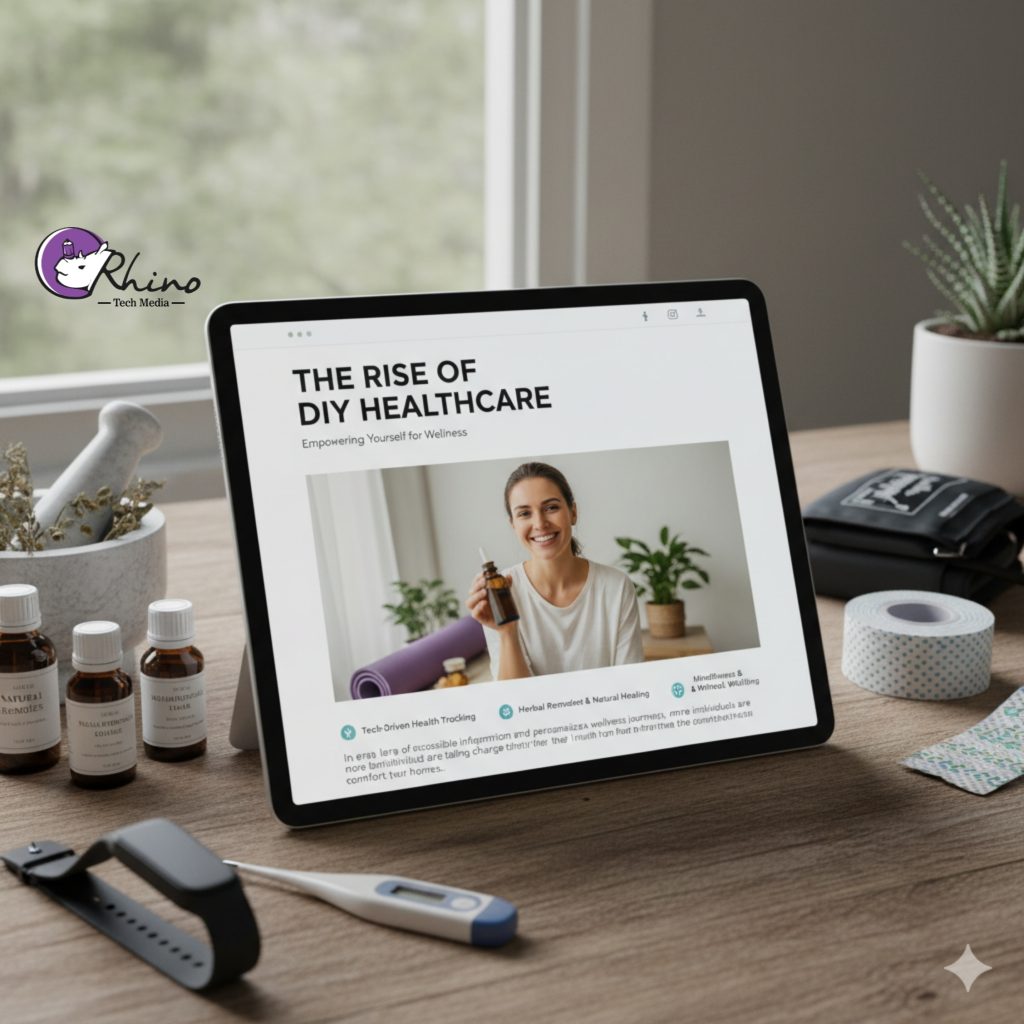Introduction
Over the past decade, the healthcare landscape has been undergoing a profound transformation. One of the most notable shifts has been the rise of DIY healthcare, a movement that empowers individuals to take a more active role in monitoring, managing, and even diagnosing aspects of their health. This trend is fueled by technological innovations, growing dissatisfaction with traditional healthcare systems, and an increasing cultural emphasis on autonomy and self-reliance.
Technological Drivers
Technology has been the primary catalyst for the DIY healthcare movement. The proliferation of wearable devices—such as fitness trackers, smartwatches, and continuous glucose monitors—has made it possible for individuals to collect real-time health data on everything from heart rate variability to sleep quality. Similarly, the advent of at-home testing kits has democratized access to diagnostic tools that were once confined to clinics and laboratories. DNA kits, microbiome tests, and rapid COVID-19 diagnostics have normalized the idea that health insights can come directly to a person’s doorstep. Mobile apps and telehealth platforms further expand the scope of DIY healthcare by connecting self-tracking with professional advice, creating a hybrid model of care that blends autonomy with expertise.
Social and Economic Factors
The rise of DIY healthcare also reflects broader social and economic pressures. Traditional healthcare systems, particularly in countries with high costs and limited access, have often left patients feeling disempowered and underserved. Long wait times, rising insurance premiums, and complex bureaucracies drive individuals to seek alternatives. At the same time, cultural values that prioritize self-improvement, personal responsibility, and biohacking have made the idea of self-directed healthcare not only appealing but aspirational. This aligns with the growing wellness economy, where consumers are investing in supplements, trackers, and personalized health solutions as a form of lifestyle enhancement rather than merely disease prevention.
Benefits of DIY Healthcare
The potential benefits of DIY healthcare are significant. First, it encourages preventive care, as individuals are more likely to notice early warning signs when they are actively monitoring their own health. Second, it expands access to basic health insights for those who may not have the time, money, or geographical proximity to access traditional providers. Third, it promotes health literacy by encouraging individuals to learn more about their bodies and conditions. Finally, it can reduce the strain on healthcare systems by shifting routine monitoring and testing into the hands of patients.
Challenges and Risks
Despite its promise, DIY healthcare is not without risks. Self-diagnosis can lead to misinterpretation of data, unnecessary anxiety, or delayed professional treatment. The reliance on commercial health technologies also raises concerns about data privacy and accuracy. Furthermore, there is a risk of widening health disparities: those with disposable income may gain access to cutting-edge self-monitoring tools, while marginalized communities remain excluded. The absence of medical oversight can also lead to misuse of tests, over-reliance on supplements, or unsafe experimentation. Thus, while DIY healthcare empowers, it also requires careful integration with professional medical guidance.
The Future of DIY Healthcare
Looking forward, DIY healthcare is likely to become more sophisticated and integrated. Advances in AI-driven diagnostics, portable imaging tools, and genetic analysis may bring even more capabilities into the hands of everyday individuals. Ideally, the future will not be about replacing doctors but about creating a collaborative ecosystem where patients arrive at clinical encounters armed with meaningful self-collected data. To succeed, this shift will require thoughtful regulation, equitable access, and stronger safeguards for consumer health information.
Conclusion
The rise of DIY healthcare represents a cultural and technological evolution in how people approach their well-being. It empowers individuals, expands access, and promotes preventive care, yet it also introduces challenges that must be addressed responsibly. Ultimately, the movement reflects a broader societal desire for autonomy, personalization, and proactive engagement in health, reshaping the boundaries of medicine as we know it.

